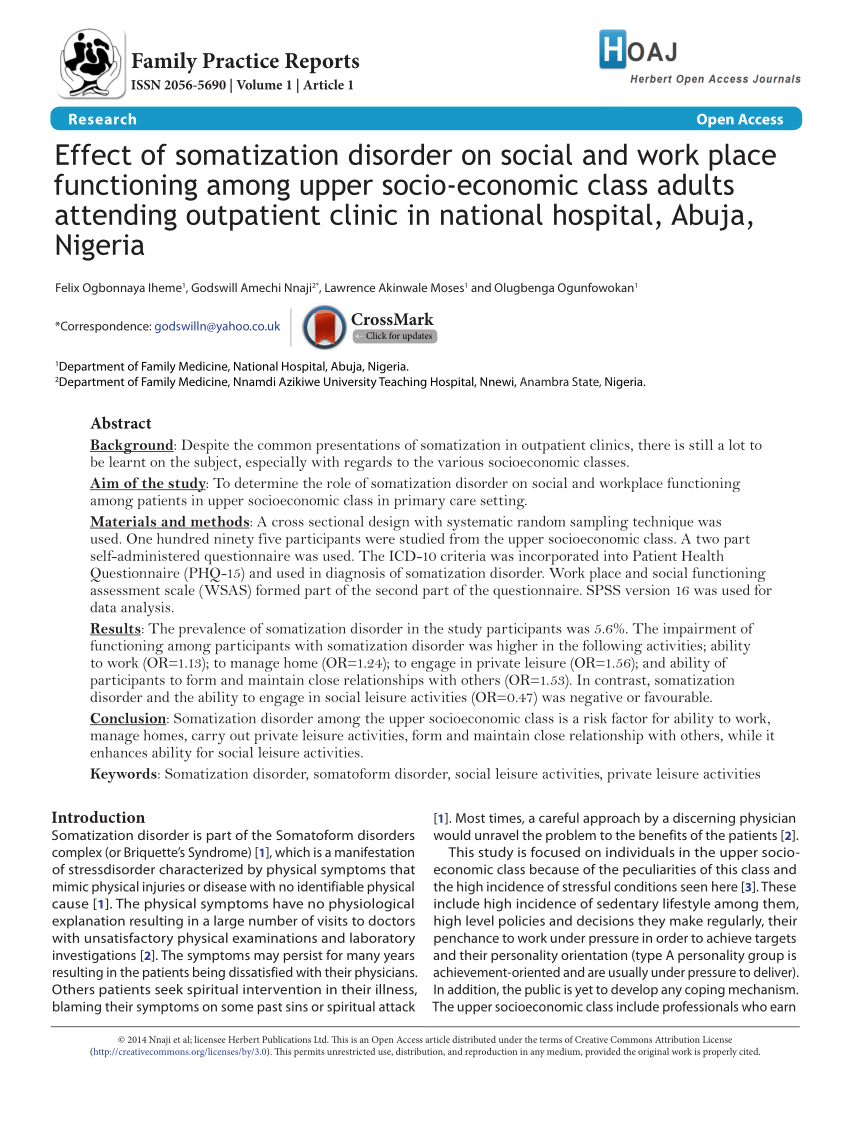Symptoms of social anxiety disorder include intense fear in social situations and avoidance of social interaction. Physical manifestations can include sweating, trembling, and an increased heart rate.
Social anxiety disorder, also known as social phobia, affects millions globally, manifesting in persistent, intense fear and avoidance of social interactions. Sufferers often worry excessively about being judged or scrutinized by others, leading to feelings of inadequacy, inferiority, and embarrassment.
This can result in a reluctance to participate in social gatherings or speak in public. The disorder can have a debilitating effect on an individual’s work, school, and personal life. Recognizing its symptoms is the first step to seeking help. Effective treatments, including therapy and medication, can aid in managing symptoms, improving confidence and social skills, and enabling individuals to lead more fulfilling lives.

Credit: couragespeakscounseling.com
Introduction To Social Anxiety
Social anxiety disorder goes beyond shy feelings. It involves intense fear in social situations. People with this disorder get very nervous about being around others. They are afraid of being judged or embarrassed. Physical signs might include a fast heartbeat, sweating, or trembling. They may also have an upset stomach or feel dizzy. It isn’t just nerves; it’s a serious condition that can greatly affect daily life.
Physical Manifestations Of Anxiety
Social Anxiety Disorder (SAD) sparks a variety of physical symptoms. People often experience rapid heartbeats, making them feel uneasy. This is not just a slight increase in heart rate; it’s a severe pounding that is hard to ignore.
The visible signs most easily spotted by others include blushing and sweating. These reactions can happen in moments that seem minor to some. Yet, for those with SAD, these situations are immensely stressful. They deal with the anxiety that follows visible discomfort.
Emotional Turmoil And Social Anxiety
Emotional turmoil often underlies social anxiety, setting off a vicious cycle of self-consciousness. This cycle starts with an intense awareness of oneself. It may feel like all eyes are judging, evaluating every move and word.
The fear triggers anticipatory anxiety, where individuals dread future events. This fear is not just about the actual event. It is about the belief one might act in a way that’s embarrassing or humiliating.
This stress can cause physical reactions like sweating, trembling, or an upset stomach. These reactions, in turn, increase the fear of social scrutiny. It becomes a cycle that’s hard to break, keeping people stuck in a state of ongoing anxiety.
Behavioral Symptoms
People with social anxiety often try to avoid social gatherings. They feel extreme fear in such places. Some may stop attending parties or meetings at all.
Eye contact makes them nervous. They find it hard to talk to others. This can make everyday tasks very stressful. They struggle with simple acts like ordering food or shopping.
| Avoidance | What it looks like |
| Parties | Staying away from parties or social events |
| Eye Contact | Difficulty in maintaining eye contact during conversations |
| Shopping | Struggling with buying items due to interaction fears |
Cognitive Aspects
Individuals with social anxiety often have a deep-seated fear of judgment. They feel like others constantly evaluate them. This may include worries about being laughed at or criticized. It can lead to avoiding social gatherings to escape such situations.
Mind going blank can happen during conversations or public speaking. People with social anxiety might forget what to say. This adds to the stress of being in social settings. It also intensifies the fear of negative evaluation.

Credit: www.aol.com
Social Anxiety In Everyday Life
Social anxiety disorder affects daily tasks. Workplace challenges include difficulty speaking in meetings, fear of judgment, and avoiding tasks that require interaction.
Relationships at home and socially suffer too. People may struggle to make friends, feel disconnected, and have trouble with intimacy.
| Workplace Challenges | Strain on Relationships |
|---|---|
| Muted during team calls | Skipping social gatherings |
| Missed opportunities | Loneliness feels heavy |
| Stress from peer interactions | Partners feel neglected |
- Fear of speaking leads to silence.
- Tasks needing teamwork are daunting.
- Missing deadlines due to stress is common.
People may see these signs and not understand social anxiety. It’s not simple shyness but a deep-rooted issue. Support from friends, family, and professionals can help.
Coping Mechanisms
Identifying and managing triggers can greatly reduce episodes of social anxiety. One must learn to recognize situations that provoke fear. Keeping a journal can aid in tracking patterns. People might notice they feel anxious around large groups or when meeting new people. Once triggers are known, one can plan ways to confront them slowly.
Effective calming techniques include deep breathing and mindfulness meditation to soothe the mind. These practices help one focus on the present, pushing away intrusive worries. Using visualization, where one imagines a peaceful scene, can also be calming. Other helpful strategies are progressive muscle relaxation and engaging in regular physical activity, as these have been shown to decrease overall anxiety levels. Additionally, talking to a friend before entering an anxiety-inducing situation can offer support.

Credit: ca.sports.yahoo.com
Seeking Professional Help
Professional help is essential for managing social anxiety disorder. Effective treatments often combine therapy and medication. Cognitive Behavioral Therapy (CBT) is widely recognized as a highly effective treatment option for individuals with social anxiety. This therapy helps in restructuring negative thought patterns and encourages new behaviors through exposure.
Treatment may also include group therapy sessions. Here, patients practice social skills and gain comfort in group settings. Applied Relaxation Techniques teach patients to control their physical anxiety symptoms.
Medication can help manage the symptoms but is not a standalone cure. Selective Serotonin Reuptake Inhibitors (SSRIs) and Serotonin-Norepinephrine Reuptake Inhibitors (SNRIs) are common medications prescribed. Their purpose is to stabilize mood and reduce anxiety. Yet, medication effectiveness differs among individuals and can have side effects. Thus, medication should be closely monitored by a healthcare professional.
Gradual Exposure And Recovery
To tackle social anxiety disorder, one can focus on building tolerance. Individuals are encouraged to start small, engaging in less challenging activities to boost their confidence. For example, initiating a short conversation can be a small victory. Progress is made through consistency and repetition.
It’s all about experiencing a positive outcome in minor social scenarios. With each success, the challenge level increases, teaching the brain to be less fearful. These steps build a foundation for recovery, as one learns to navigate higher-stress situations more comfortably.
Conclusion: Embracing Support And Growth
Embracing support plays a crucial role in managing social anxiety disorder. Friends, family, and therapy groups offer comfort and encouragement. This network helps individuals recognize their strengths and work on areas of improvement.
The challenge is also part of growth. Facing small social scenarios gradually builds confidence. Each step forward boosts a person’s ability to engage with others. Regular practice in safe environments makes social interactions less daunting.
Frequently Asked Questions On What Are The Symptoms Of Social Anxiety Disorder Yahoo
What Are 3 Symptoms Of Social Anxiety?
Three symptoms of social anxiety include intense fear in social interactions, avoidance of social situations, and physical symptoms like rapid heartbeat.
How Does A Person With Social Anxiety Act?
People with social anxiety may feel extreme discomfort and fear in social settings. They often fear negative judgment and may avoid social interactions. Physical symptoms can include shaking, sweating, and a racing heart. They might struggle with eye contact and may have low self-esteem.
What Is The Root Cause Of Social Anxiety?
The root cause of social anxiety is complex, involving a mix of genetic, environmental, and psychological factors.
How Do You Calm Down Social Anxiety?
To calm down social anxiety, identify your triggers and tackle them gradually. Use deep breathing, engage in mindfulness, and practice progressive exposure to social settings. Consider counseling or therapy for persistent anxiety.
Conclusion
Recognizing the signs of social anxiety disorder is essential for timely intervention. Physical symptoms such as excessive sweating and increased heartbeat, alongside psychological challenges including intense fear of judgment, highlight the complexities of this condition. Few experiences rival the distress of social anxiety, but recognizing these indicators is the first step to seeking help and improving one’s quality of life.
Empathy and understanding of these symptoms empower us to support those affected—because no one should navigate this path alone.
